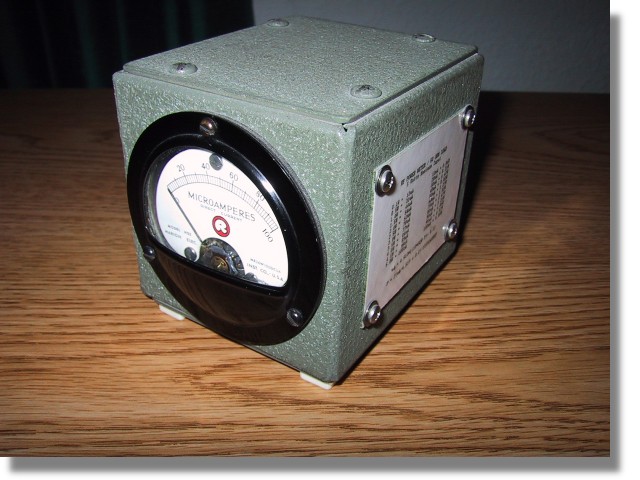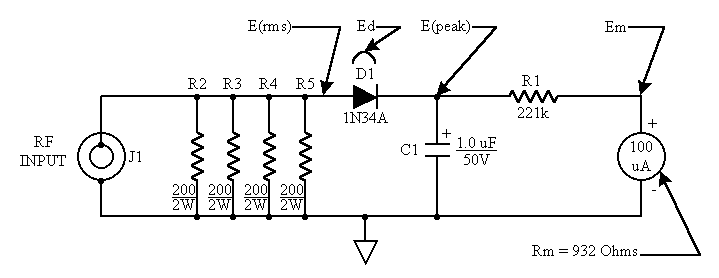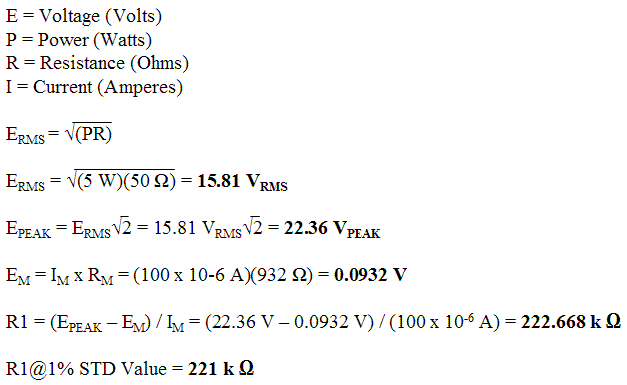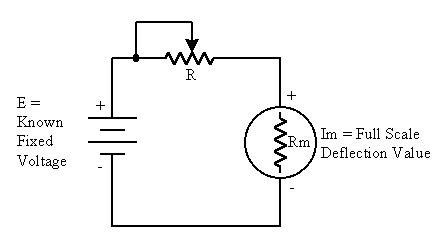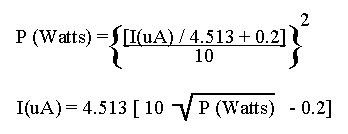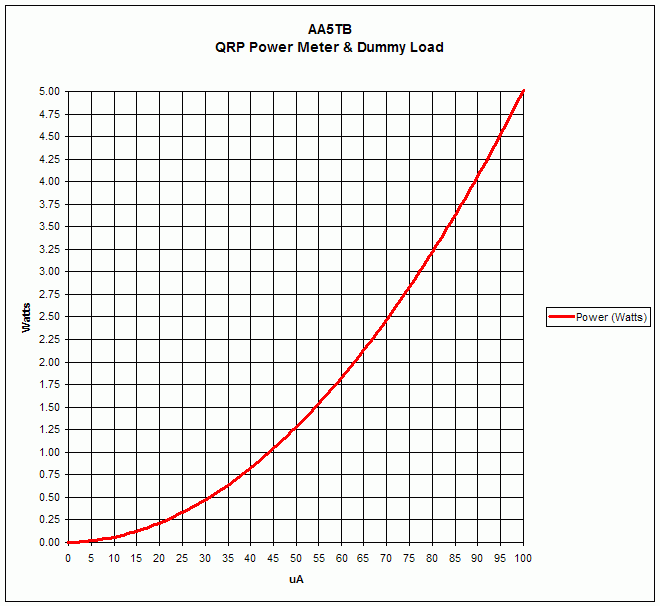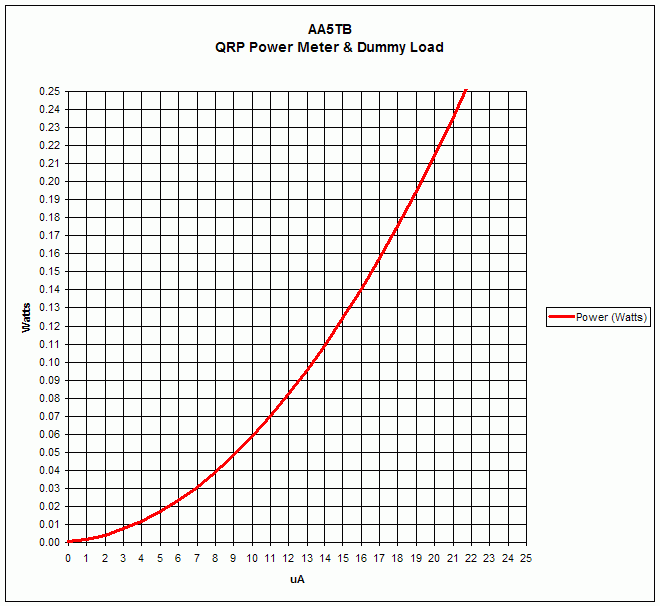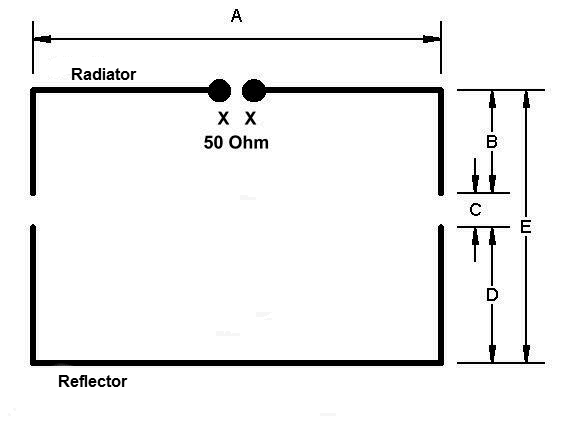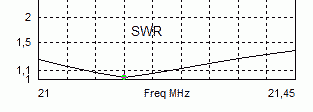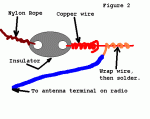Built well, these small antennas perform really well.
Built well, only the bandwidth suffers as a result of miniaturisation.




- Top left: 80m loop [3 x 1.5 x 0.8m], using 15mm copper tube.
- Top right (and detail): 80 and 40m loop [1.8m x 1m x 0.8m], using 1m wide 1mm thick aluminium sheet.
- Bottom: 160 and 80m loop [octagonal with 1.5m sides], using 28mm copper tube.
All these loops have integrated resonating capacitance. In the case of the sheet aluminium loop (top right) this is achieved by overlapping on one of the longer sides (see detail), with 8 or so nylon M6 bolts keeping the spacing resonably precise.

Coupling into the loop can either be by using a small loop within the main loop, or as shown, by tapping around the loop(via an isolating transformer, to allow the loop to float relative to ground). Using the tapping method gives a more obvious idea of loop impedance, and so has been used here. Calculating the capacitance value is easy enough: C(pF) = 0.0885A(square cm)/d(spacing in cm), giving 4425pF at 7MHz and 16 594pF at 3.7MHz. Ignoring effects due to the capacitors finite length, this corresponds to reactances of 5 ohms at 7MHz, and 2.72 ohms at 3.7MHz.
Assuming a constant current around the loop, the voltage across the capacitance is 5/1.45 x that across the feedpoint, which is 50 ohms. Thus for 100W drive, V = 70.7 x 5/1.45 = 244v. This gives the following loop current:
7MHz = 244/5 = 48.8A 3.7MHz = 244/1.7 = 100A
High currents are inevitable since the loop is not only much shorter than a quarter wave monopole, but being in phase, the two verticle section (say) currents are also in opposition (the radiatedsignal being a result of the small though finite difference between path lengths).
 Return loss for loop tuned to 7MHz [-25dB at resonance]
Return loss for loop tuned to 7MHz [-25dB at resonance]
 Return loss for loop tuned to 3.7MHz [-32dB at resonance]
Return loss for loop tuned to 3.7MHz [-32dB at resonance]
From these plots, you can see the 3dB bandwidth points (ie 6dB return loss) are 120KHz for the 7MHz antenna, and 30KHz for the 3.7MHz one. For solid state transceivers that have no output match tuning, this corresponds to an un-retuned operating range of about 60KHz at 7MHz (wide enough for the entire UK ssb segment) and 15KHz or so on 3.7MHz.
Using a remote tuner, these narrower figures could be trebled without incuring too much loss, but it would be sensible to use a coupling loop, not a ferrite transformer, if this is contemplated. A coupling loop circumference of 2.2m gave a good 50 ohm match when tried.
I tried to reduce the capacitor gap down to 2mm or so in order to resonate the loop on 1.94MHz, but even with a 1mm foam insulation, there was too much uneveness, and 2.45MHz was as low a frequency as could be managed,producing a 13KHz bandwidth as shown below:

I found 3mm foamed PVC ('foamalux') noticeably lossy - the bandwidth being 25KHzwhen tuned to to 2.45MHz (the 1mm foam used successfully was of unknown material).
This loop seems to work well enough on 3.7 and 7 MHz.
Notes on copper tube loops
With these, the trick is to implement the capacitance by reducing the tube diameter (from 28mm to 15mm, say) at one end of the loop, and putting a suitable length of this reduced diameter tube down the centre of the other (full diameter) end of the loop. So for example, the octagonal loop with 1.5m sides requires about 700mm of 15/28mm coaxial capacitance to resonate on 3.7MHz.For this particular antenna, I paralleled up six of the 1.5m lengths for the far side vertical (see pic) - all done using soldered copper fittings (except for the inners which used compression joints so as to be removable). With this arrangement, the loop easily tunes down to 1.9MHz.
That there are two closely spaced loops making up the octagonal antenna was done in attempt to reduce copper losses (prices for copper tubing greater than 28mm dia being very uncompetitive [in the uk, anyway])
The rectangular tube loop has four single loops in parallel, and uses 15mm tuning. The wide spacing was an attempt to reduce inductance and thus Q. Each of the four loops has a top horizontal that is actually coaxial (28/15mm), in order to achieve resonance. Individual capacitance also garrauntees equallity of loop currents. This antenna worked very well on 3.7MHz, but be warned, 15mm tubing is not very strong, and the loop will collapse under its own weight




